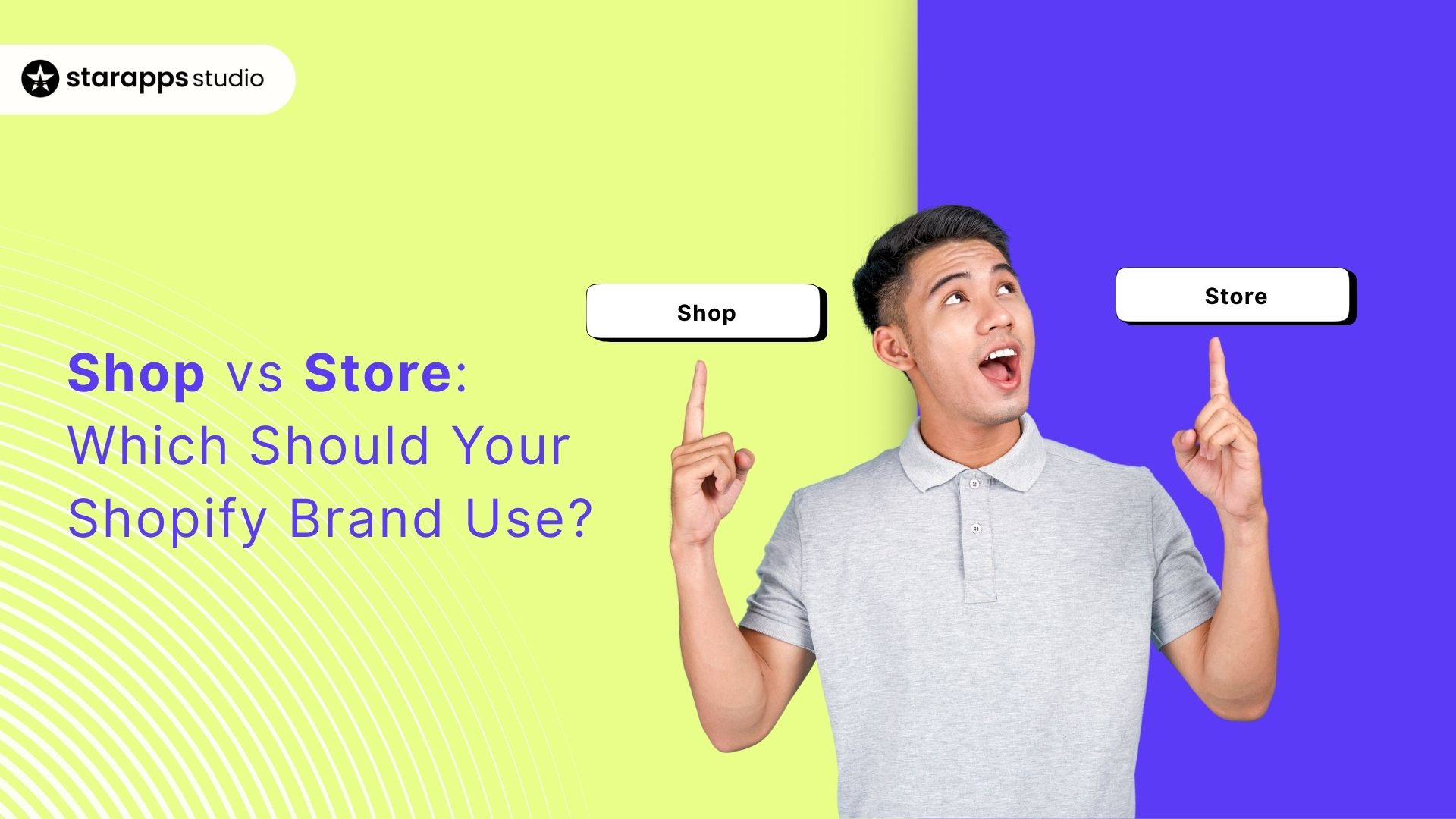
Shop vs store: learn the real differences, regional usage, and how Shopify brands should choose wording for better UX, SEO, and conversions.
If you’ve ever debated whether to call your Shopify site a shop or a store, you’re not alone. The “shop vs store” dilemma is more than a matter of word choice; it’s about how your brand is perceived, discovered, and remembered.
In the United States, online retail now makes up over 16% of all retail sales (U.S. Census Bureau, 2024). Every word in your storefront matters. Subtle choices, like naming a navigation tab “Shop All” instead of “Visit Our Store,” can influence customer trust, click behavior, and even search visibility.
For Shopify merchants, using the right term can improve SEO alignment, strengthen brand positioning, and make your site feel more native to U.S. shoppers.
In this article, we’ll break down the real difference between ‘shop’ and ‘store,’ explore how each term fits U.S. eCommerce culture, and help you decide which one best suits your Shopify brand.
Key Takeaways
- The phrase “shop vs store” reflects a subtle but important difference in U.S. eCommerce branding.
- In American English, “store” feels broader and more established, while “shop” conveys a boutique or lifestyle tone.
- Using the right word impacts SEO, conversion copy, and customer perception.
- Shopify merchants can use “Shop” for CTAs and “Store” for navigation or brand hierarchy.
- Understanding store vs shop usage helps build consistency and authority across your online presence.
What “Shop” and “Store” Mean in Everyday Use?
Although “shop” and “store” are often used interchangeably, the two words carry slightly different meanings in American English, and those nuances can shape your brand identity.
According to the Collins Dictionary, a store is “a large retail establishment where goods are sold,” whereas a shop is “a place where you can buy specific goods or services.” In simpler terms, a store typically refers to the business as a whole, while a shop feels more personal and specialized.
For example, most Americans would say:
- “I’m going to the grocery store,” not “grocery shop.”
- “Visit the Apple Store,” not “Apple Shop.”
But in cases like “coffee shop” or “barber shop,” the word “shop” feels natural because it suggests a smaller, more personal experience.
These linguistic nuances become even clearer when we look at how different markets, especially the U.S. and U.K., use the terms in daily life.
Also Read: How to Write Shopify Meta Descriptions Effectively
Regional Usage: How Americans Use “Store” More Than “Shop”
Language and culture go hand in hand, and the shop vs store distinction is a perfect example of that. In American English, the term store dominates both offline and online retail conversations, while shop is far more common in British English and other Commonwealth regions.
For instance:
- In the U.S., you’ll hear: “I’m heading to the clothing store,” or “Check out our online store.”
- In the U.K., it’s more likely: “I’m popping into the clothes shop,” or “Visit our online shop.”
This linguistic difference reflects how Americans conceptualize retail. “Store” implies structure, variety, and scalability, an ecosystem of goods under one roof. “Shop,” on the other hand, suggests craftsmanship or niche expertise.
Even major eCommerce players demonstrate this distinction:
- Amazon Storefronts and Google Store emphasize breadth and professional branding.
- Etsy Shops and Shopify’s Shop App highlight individuality and creative sellers.
To understand how Americans actually use these terms, we compared “online store” and “online shop” in Google Trends (United States, Past 12 Months).
As shown below, “online store” consistently outperforms “online shop” in U.S. search interest, often by 2× to 3×, confirming that store is the dominant term in American digital commerce.

Source: Google Trends – Online Store vs Online Shop, United States (2025)
This reinforces the linguistic trend that U.S. shoppers expect “store” when referring to retail websites or brand ecosystems. For Shopify merchants, using “store” in site navigation, headers, and metadata ensures alignment with how American audiences search, perceive, and trust online brands.
That doesn’t mean you should abandon "shop "altogether; it can still work beautifully in CTAs (“Shop Now”) or collection buttons. Let’s see how to choose between the two terminologies.
Choosing Between “Shop” and “Store” for Your Shopify Brand
Once you understand the linguistic nuance and search behavior behind the shop vs store debate, the next step is deciding which term fits your Shopify brand’s voice, audience, and growth stage.
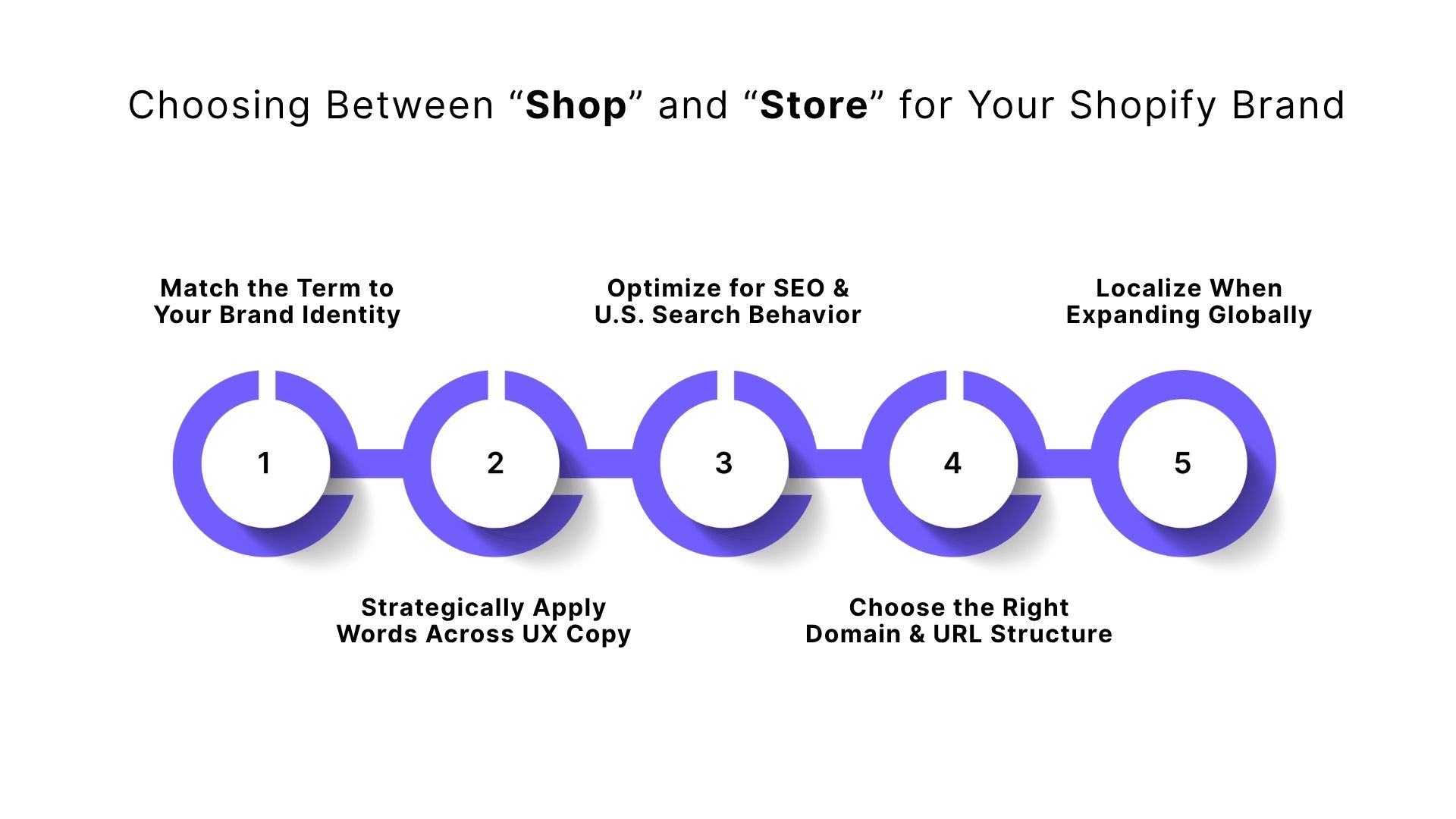
1. Match the Term to Your Brand Identity
- Use “Shop” if your brand feels boutique, creative, or personal. Ideal for small-batch makers, lifestyle brands, and DTC labels that emphasize individuality or craftsmanship. “Shop” aligns with storytelling and emotional engagement, for example, “Shop the Spring Collection.”
- Use “Store” if your brand represents scale and credibility. Best for U.S. retailers with larger catalogs or multi-category inventory. “Store” conveys reliability and professionalism; think “Welcome to the XYZ Online Store.”
2. Apply Each Word Strategically Across UX Copy
3. Optimize for SEO and U.S. Search Behavior
Google Trends data shows that U.S. consumers search “online store” 2–3× more often than “online shop.” For that reason, prioritize “store” in your:
- Meta titles & descriptions: “Best Online Store for Activewear | Free U.S. Shipping”
- Breadcrumbs & URL structures: /store/collections instead of /shop/collections
- Internal links: Anchor text like “Visit our online store.”
That small linguistic alignment helps Google and U.S. shoppers associate your site with the most common American search phrasing.
4. Choose the Right Domain and URL Structure
Both .shop and .store are valid gTLDs, but they send different branding signals:
- .store: trustworthy, retail-centric, favored by larger U.S. brands (e.g., NBA.store).
- .shop: creative, boutique, popular with DTC and lifestyle labels.
If your audience is primarily U.S.-based, “.store” typically feels more credible and SEO-aligned.
When structuring URLs:
- Use one consistent term throughout your site (e.g., /store/sale, not /shop/sale).
- Use “/shop” only for campaign-specific pages or temporary CTAs (e.g., holiday collections).
5. Localize When Expanding Globally
If you scale into other English-speaking markets:
- Use “shop” in the U.K., Australia, and New Zealand copy (where it’s the cultural default).
- Keep “store” for U.S. and Canada-focused pages.
Use hreflang tags or localized meta titles (e.g., “Online Shop” for the U.K., “Online Store” for the U.S.) to serve the right version to each region.
To make this even easier, here’s a simple checklist to help you decide when and where to use each term across your site.
Suggested Read: How to Add and Optimize Image Alt Text on Shopify
Quick Checklist: When to Use “Shop” vs. “Store”
Use this quick reference to ensure your language stays consistent, clear, and conversion-focused across your Shopify site.
Pro Tip: Use “shop” for emotion and action; use “store” for structure and trust, and never mix both in your core navigation or URLs. Consistency builds SEO clarity and brand authority.
Boost Your Shopify Store’s Consistency and Conversions with StarApps
Once your store’s language is clear and consistent, the next step is optimizing how your products are displayed and discovered. That’s where StarApps Studio’s suite of tools comes in, a suite of Shopify apps that make your “store” look polished, load faster, and convert better.
Here’s how each product supports a better storefront:
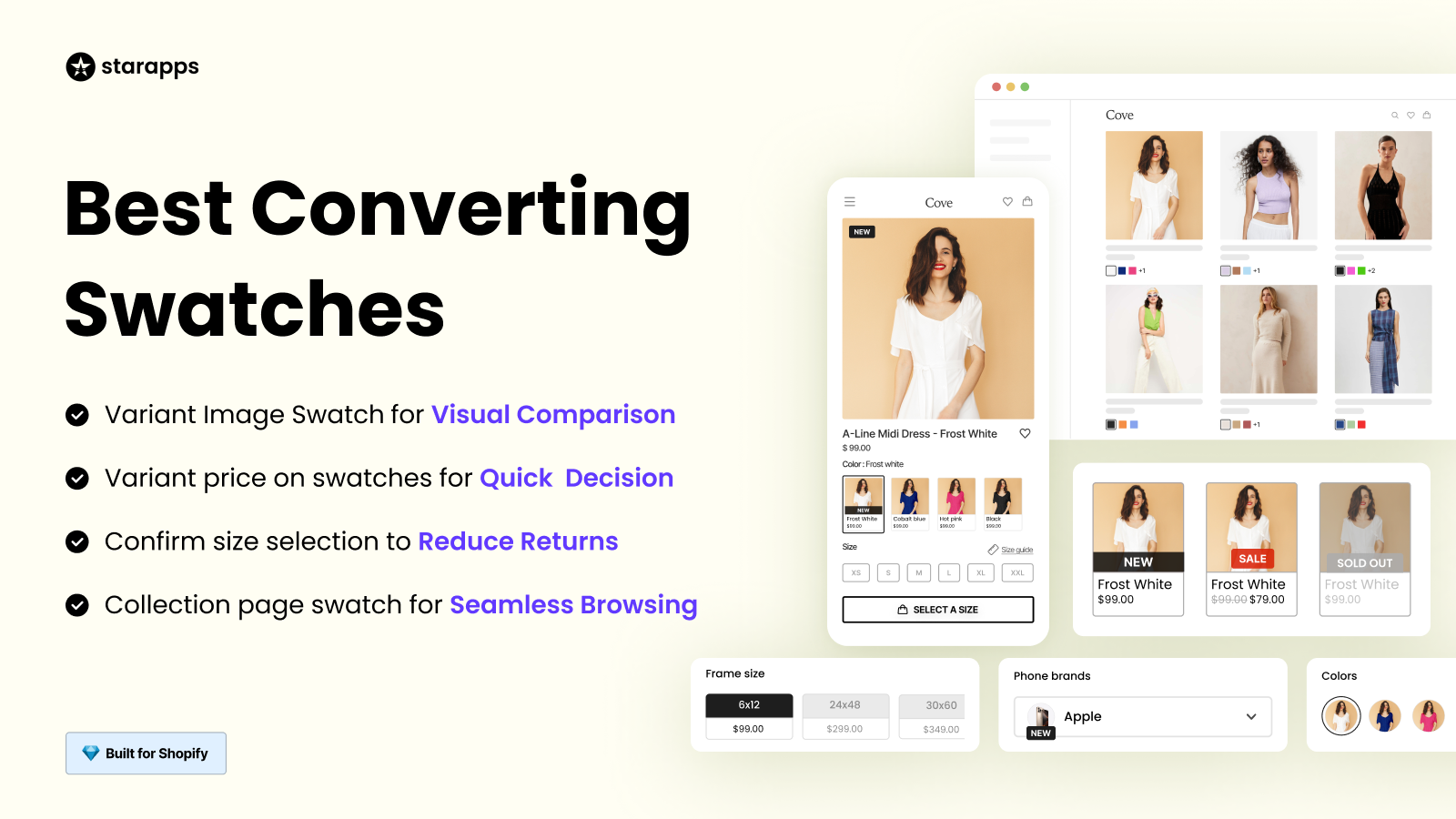
Displays product variants as color, image, or custom swatches instead of dropdowns. Shoppers can see available options directly on collection pages, improving browsing and decision-making.
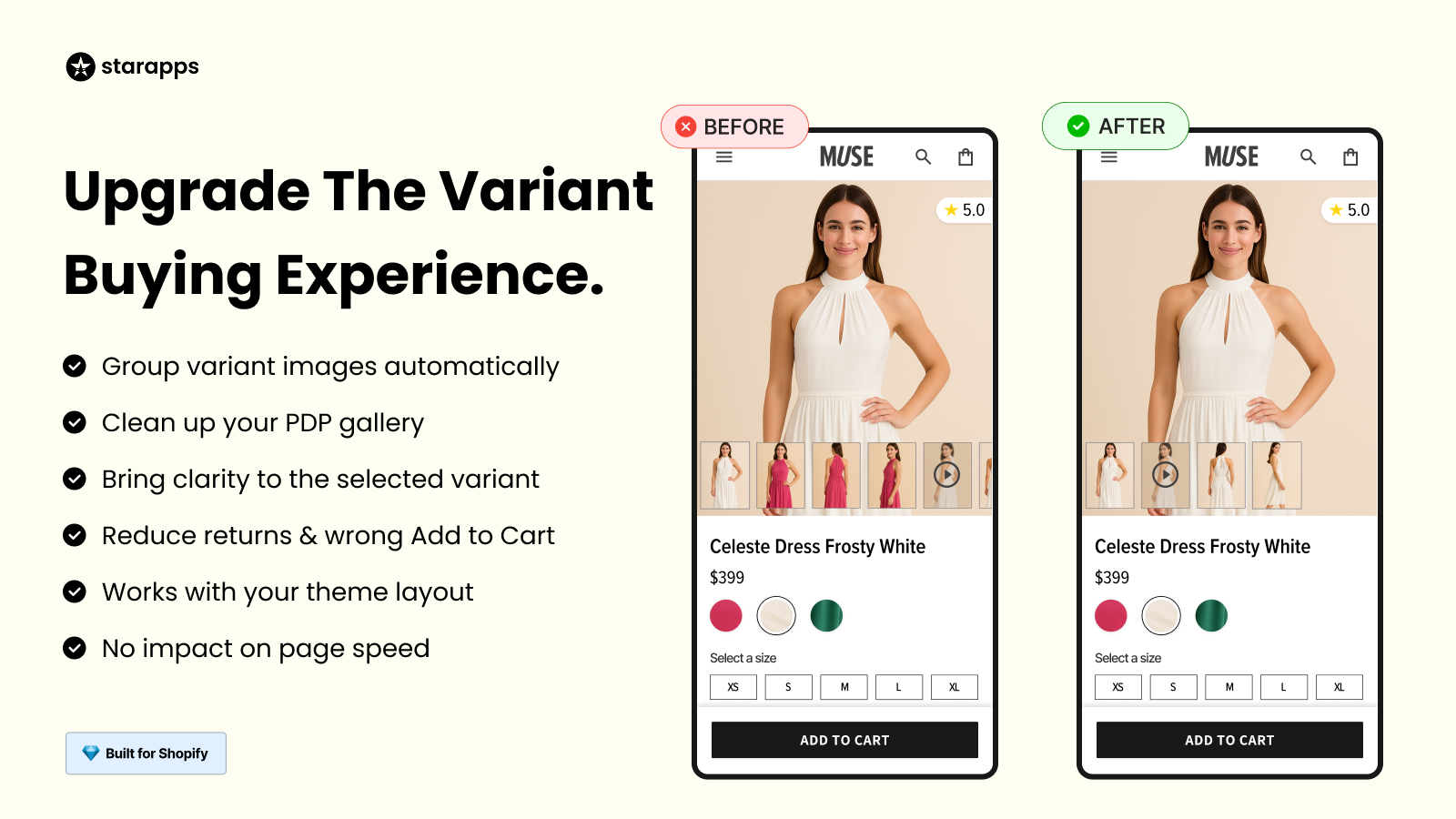
Automatically groups and displays the correct images for each product variant, giving customers a cleaner and more organized viewing experience.
SA Variants: Combined Listings

Allows you to show all product variants as separate listings on collection pages, improving product visibility and SEO by giving each variant its own URL and thumbnail.
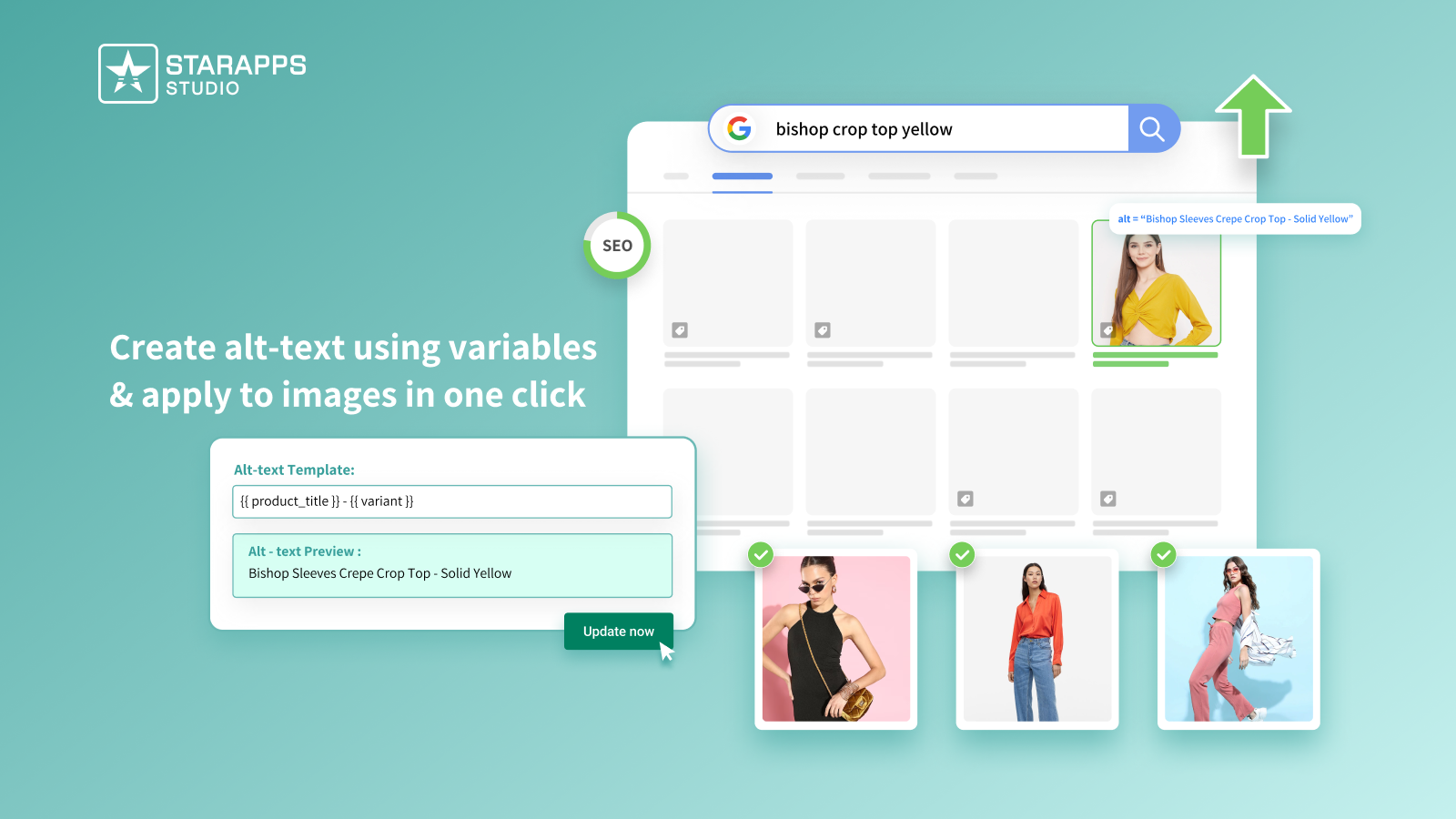
Automatically generates SEO-friendly ALT text for all product images, helping your store improve accessibility and search rankings without manual editing.
Variant Title King (Color, SKU)
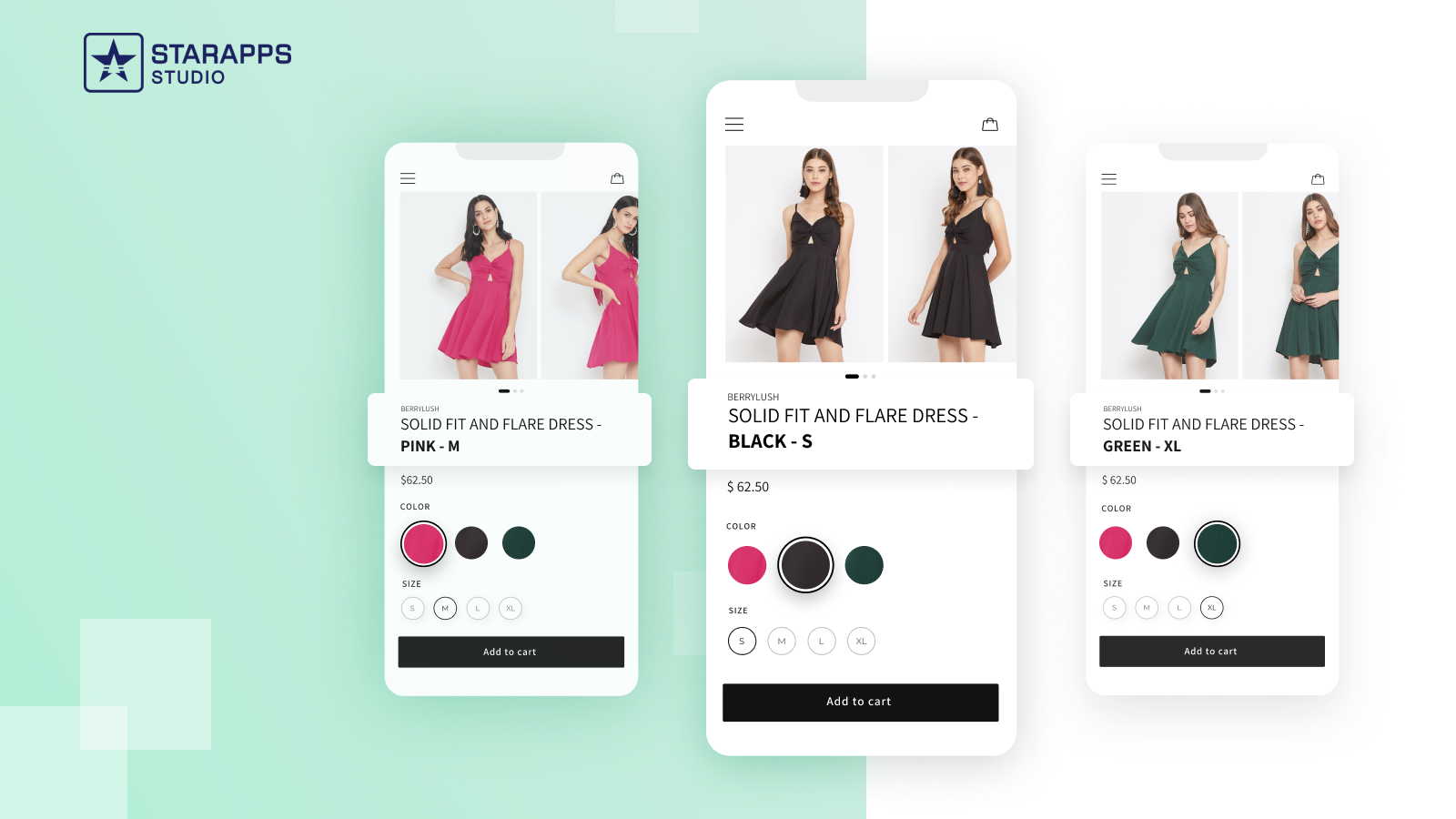
Updates product titles dynamically when shoppers select different variants, ensuring clarity in titles for color, size, or style options.
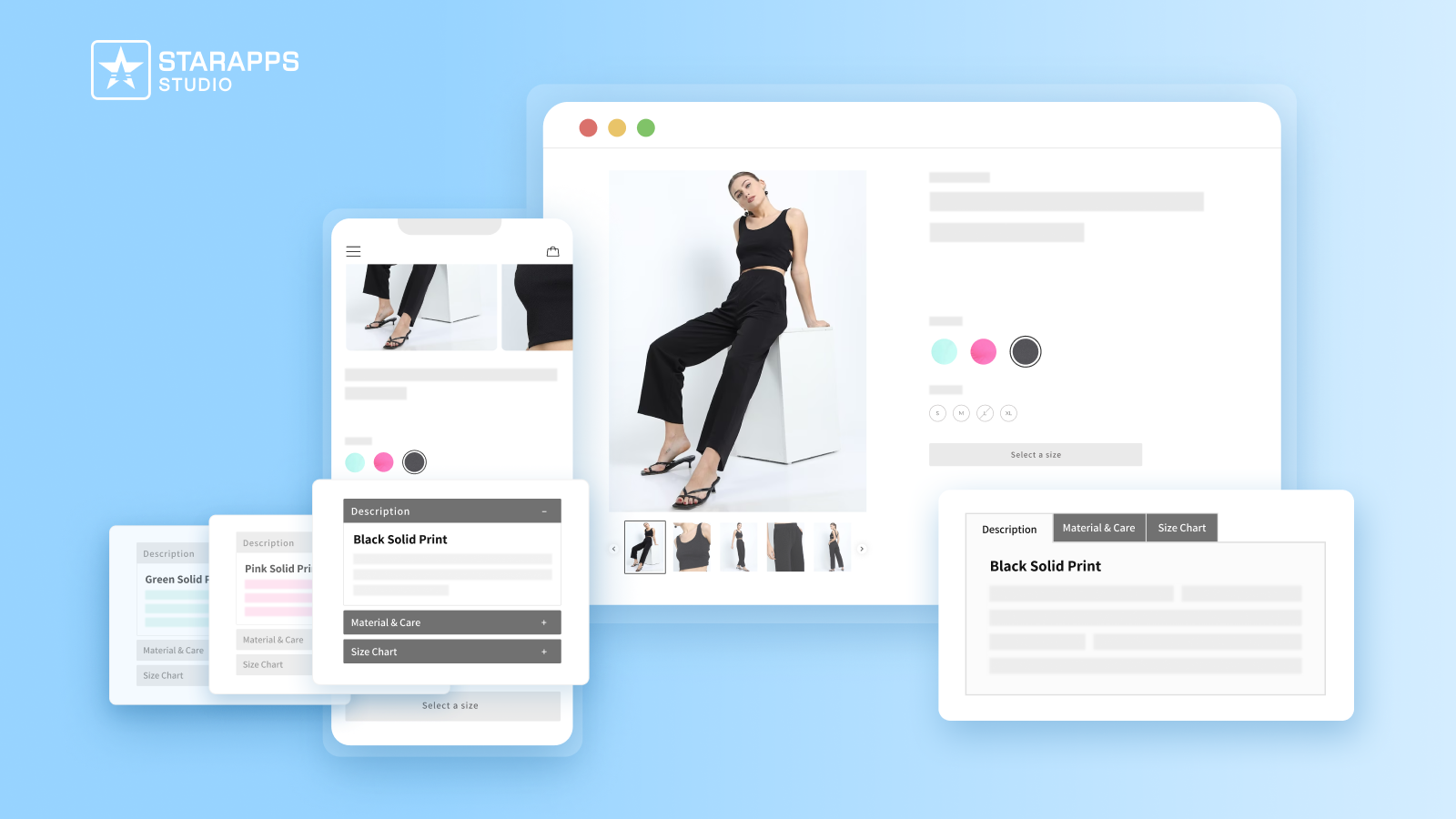
Lets you display variant-specific product descriptions, such as material, care instructions, or sizing notes, to help customers make confident purchase decisions.
Together, these tools help Shopify merchants build a structured, SEO-aligned, and visually cohesive store, regardless of whether it’s called a “shop” or a “store.”
Explore all StarApps tools on the Shopify App Store to optimize your storefront experience today.
Also Read: Add Variant Selector on Shopify Collection Pages
Conclusion
In U.S. eCommerce, the words “shop” and “store” may look similar, but their meanings and their impact aren’t. “Store” communicates structure, professionalism, and scale, while “shop” invites emotion and action. The right choice depends on your brand’s tone, target audience, and how you want customers to experience your site.
For Shopify merchants, consistency across navigation, URLs, and copy is just as important as visual design or SEO. When you combine linguistic clarity with optimized presentation, powered by tools like StarApps Studio’s apps, you create a storefront that’s trustworthy, discoverable, and conversion-ready.
Take the next step toward a consistent, conversion-focused storefront. Explore StarApps Studio’s tools today and see how simple it can be to keep your Shopify site performing at its best.
FAQs
1. Does using “store” instead of “shop” affect how Google indexes my site?
No direct ranking difference exists, but search intent plays a role. In U.S. markets, users are more likely to type “online store” than “online shop.” Optimizing metadata and content around store-based phrasing helps your site match those queries more precisely.
2. How can I test which term performs better for my Shopify brand?
You can A/B test CTAs or headers. For example, test “Shop Now” vs “Visit Our Store” in email subject lines or homepage banners. Use Shopify analytics or Google Optimize to compare click-through and conversion rates. The data will tell you which resonates best with your audience.
3. Can I use both “shop” and “store” on my website?
Yes, if you use them with intent. For example, your main navigation or meta titles can use “store,” while your marketing copy or CTAs can use “shop.” The key is consistency within each context: structural elements should stick to one term to avoid confusing search engines and shoppers.
4. Does using “.shop” or “.store” domains help SEO?
Not directly. Google treats both extensions the same as .com domains for ranking purposes. The real difference lies in brand perception. “.store” conveys credibility and scale (used by brands like NBA.store), while “.shop” feels modern and creative, often chosen by boutique or lifestyle brands. Pick the one that matches your tone and audience.
Heading
End-to-end traceability
To ensure regulatory compliance, you must have a complete overview of your products from production to shipping. Book a demo to see how Katana can give you full visibility of your operations.


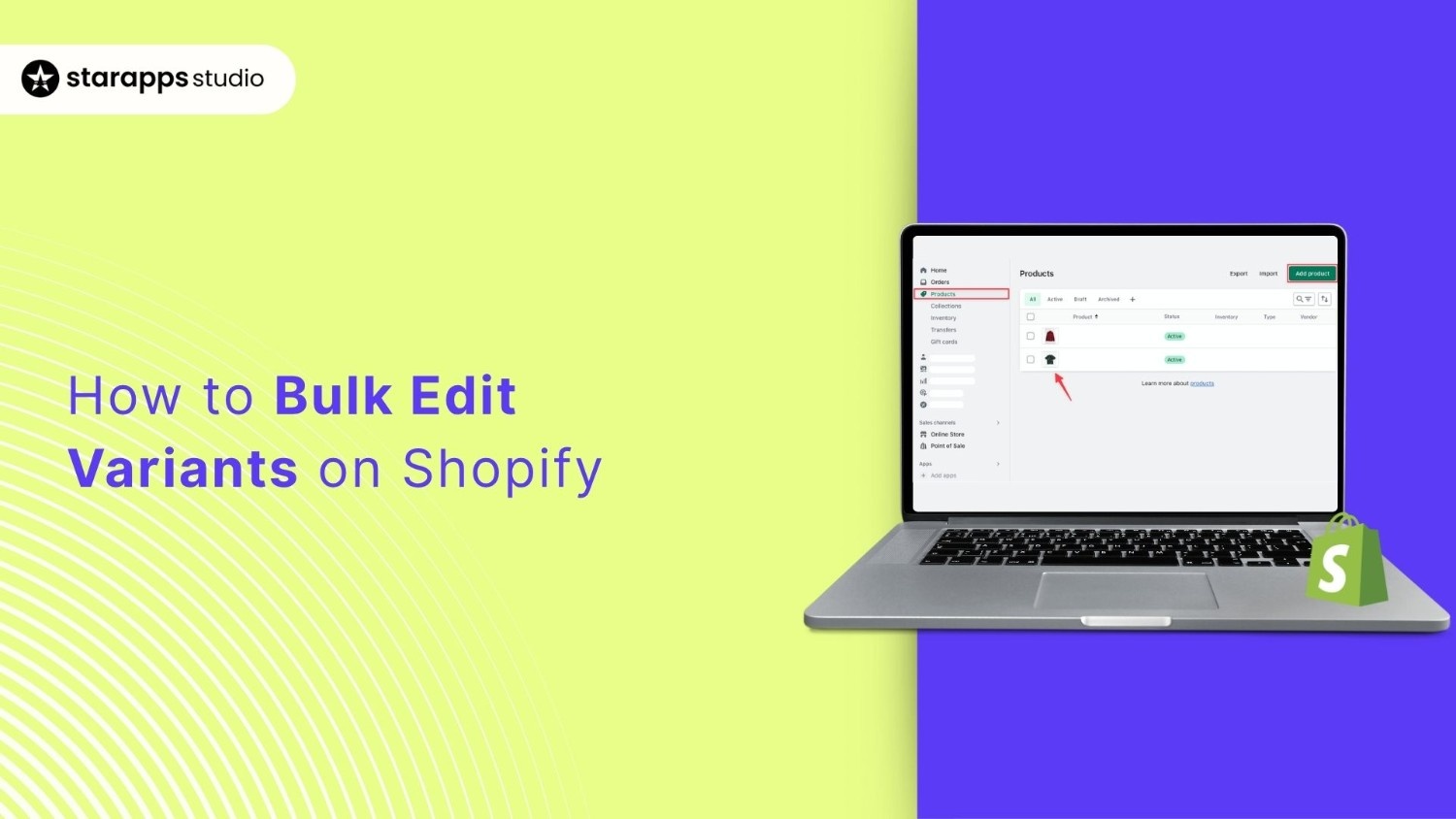
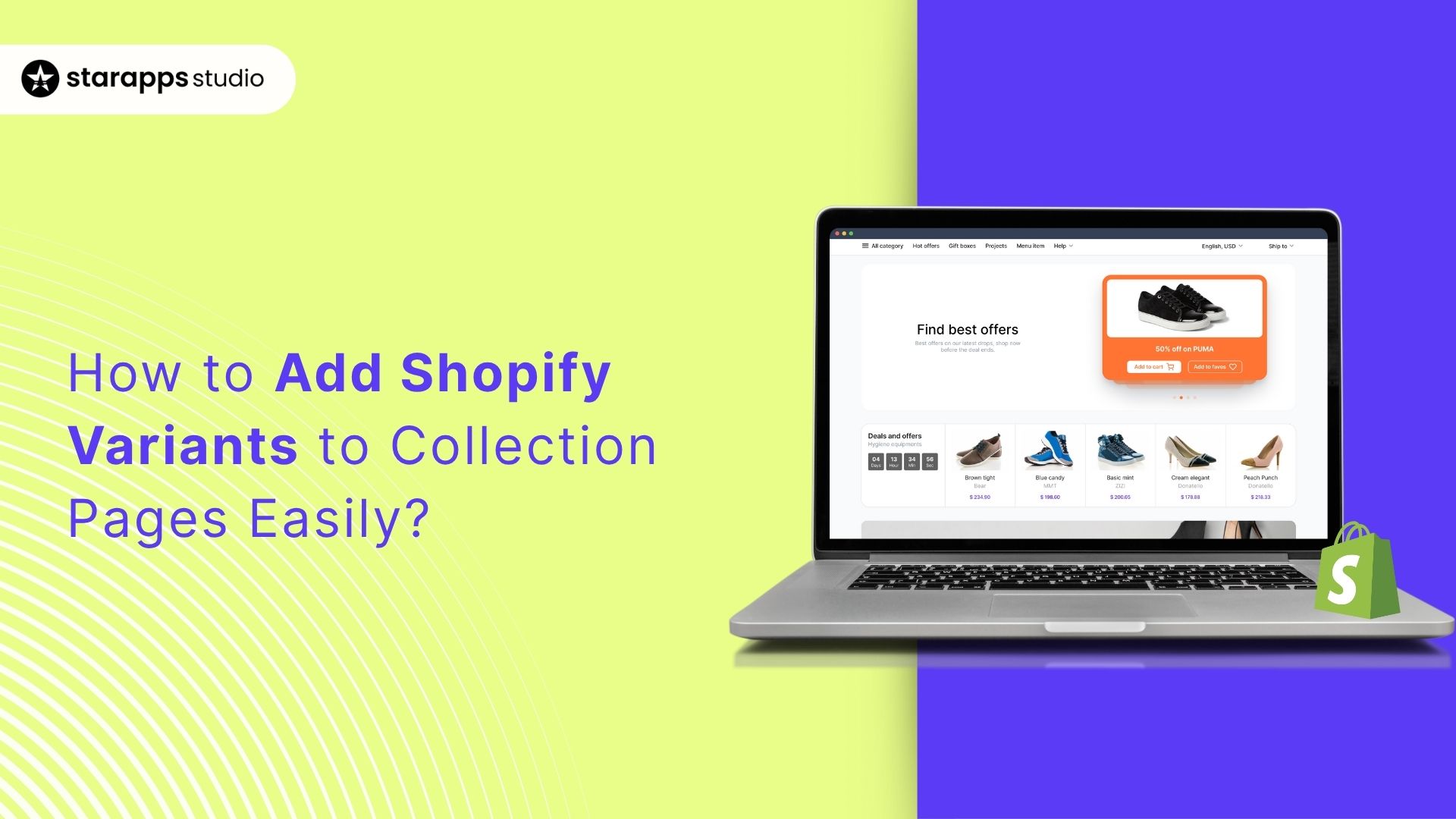
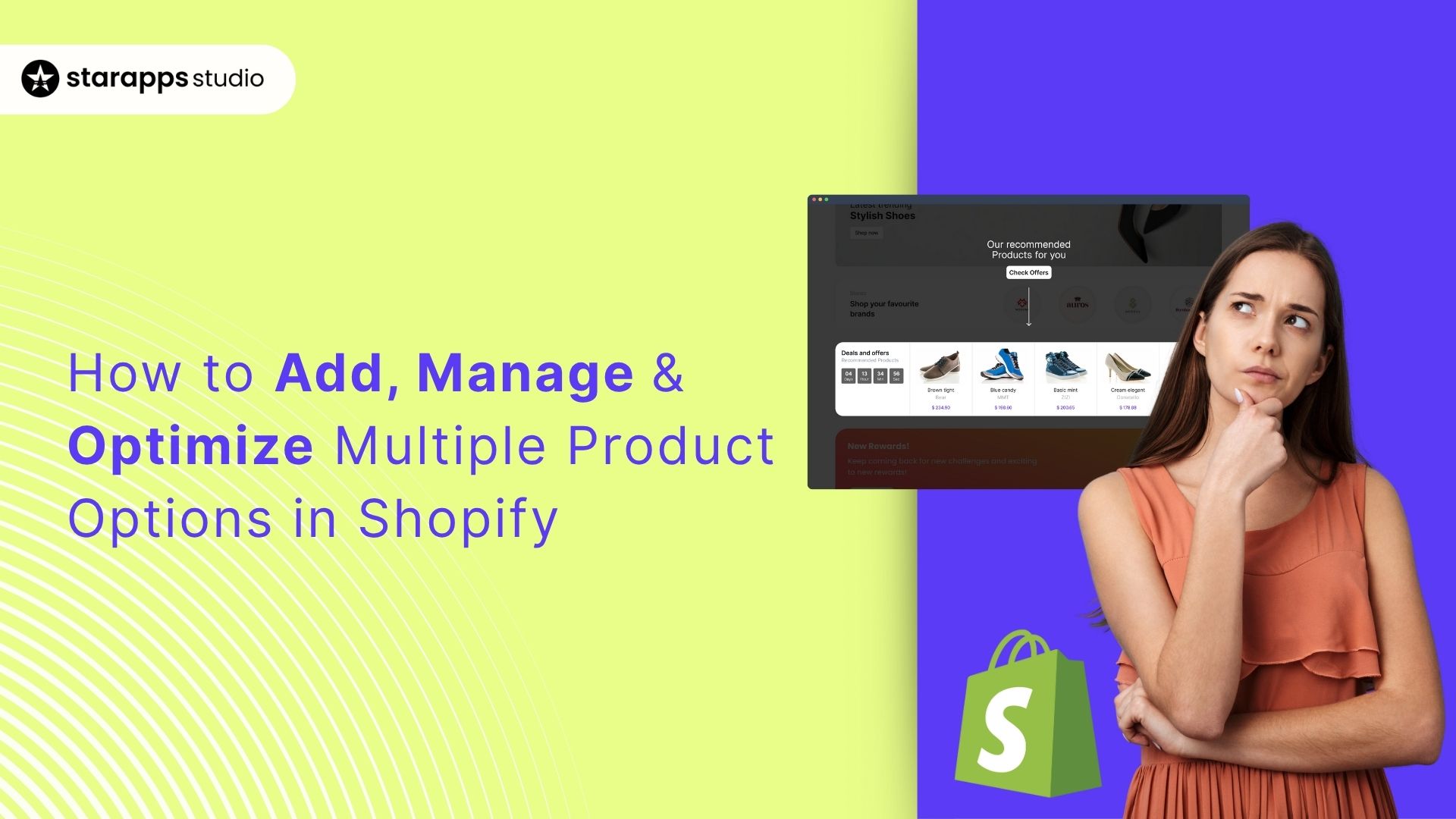
.png)
.png)